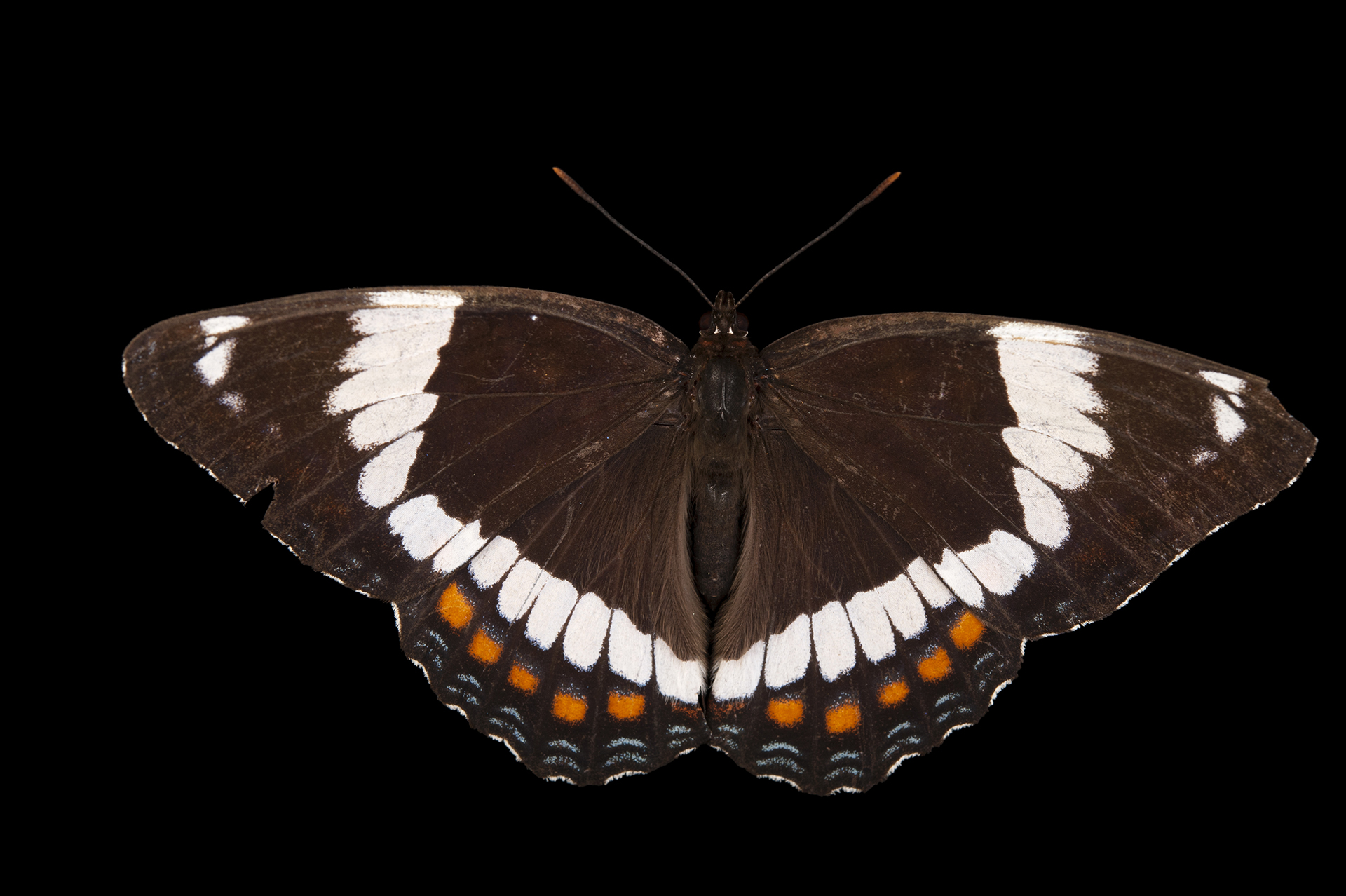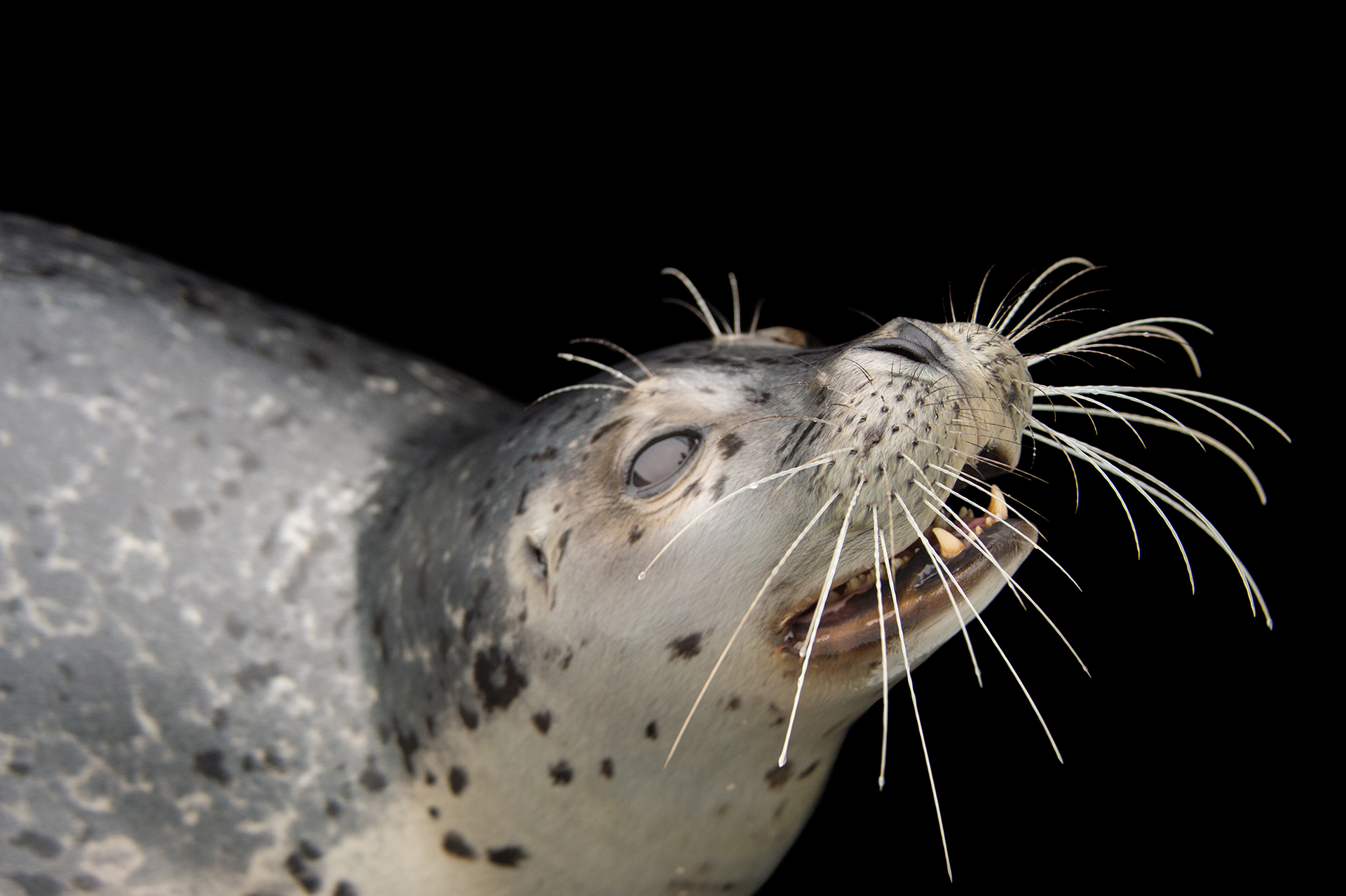Out Of The Wild


Joel Sartore is giving a voice to the voiceless on a worldwide scale. His 25-year documentary project, entitled “Photo Ark,” with National Geographic, archives global biodiversity on a quest to bring awareness to the 12,000 unique species living in the world’s zoos and wildlife sanctuaries. Southampton Arts Center will exhibit Photo Ark in partnership with the International Center of Photography beginning June 27, with an opening reception Friday, June 28, from 6 to 8 PM and running through September 8.
Your wife inspired the project. How has your family continued to support the Ark?
Originally, my wife got breast cancer and I needed to be home for the year. She recovered in 2005, but my time home gave me a chance to think about what to do, forcing me to create work that would last longer than one month. I saw the world was getting softer in terms of habitat loss. My wife has been really supportive all the way through and my three kids have been with me on shoots. My son Cole, who is 25, is likely to take over for me on the project if I can’t finish it, with 15 years to go.
You’ve been to 40 countries and photographed nearly 10,000 species. What keeps you going?
Knowing that if we don’t do it, more species will go extinct. We really need the public to wake up to the fact that we need to be on a fast track to bring forth the rainfall we need in the areas where we know how to grow crops. We have to have a steady, stable climate to grow food. It’s not just about saving monkeys and parrots, it’s about saving ourselves.
Eye contact tells you a lot about a person, something you’ve carried over into your photographs with the animals. Does it help the viewer connect with the animal?
We really are simple primates who focus on that eye contact. We need a way of reaching people immediately and emotionally and that’s through eye contact. It’s a big picture project but it’s pretty simple. Not all of these species have eyes, like the starfish, but for the ones that do, it’s just a second to capture it. And people immediately feel the connection. It only takes a few minutes to get that moment, because we don’t want to put too much stress on the animal.
Was it important to photograph smaller creatures as well as the larger ones?
All of these animals are important creatures. The mouse is every bit as important and large as an elephant, tiger beetle is as big as the tiger. For most of the creatures that are small this is the only chance they have to really get international exposure. We really care about getting word out and getting people to understand that some strange fish matters, some little bird singing in a tree in Southeast Asia matters, because of what it means for us, that rainfall. It’s all tied together. In a fun, entertaining, and engaging way.

What can people do to help the bigger picture?
Number one, they can fund a zoo, aquarium, conservation organization, as well as they can. That’s a good first step because the money goes directly towards funding. We all have the power to make the world a better place just from home, such as not putting chemicals on your lawn anymore. We’re poisoning the water supply. There are consequences to poisoning the environment, those are toxins and people are getting sick. Thinking about how we spend our money.
How long do we have until we lose these species?
Some of them are within our lifetime, and some are one or two generations away. A lot of them can be saved, but the goal isn’t to get stressed about it. Instead, let’s inspire. We have most of the species that came here, but will we be smart enough to turn this around. Will people step up and start dedicating real time and resources to saving lives? We can do two things to save ourselves. Save giant blocks of habitat, especially the rainforests, which regulate and produce the amount of rain we get. And the second thing is the amount of fossil fuels. That’s the question of our time. Will we be smart enough to fix those two big issues and the overpopulation and overconsumption?
How do the zoos and sanctuaries you’ve visited compare?
I worked mostly at zoos that are accredited by the Association of Zoos and Aquariums. All of these have super high standards. All of them contribute to the capture breeding efforts to critically endangered species. Their enclosures are built so that the animals are thriving in their natural enclosures. And they contribute to anti-poaching efforts based on habitat restoration.
Do you have a distinct memory with one of the animals that you’ve photographed?
On my website there’s a video of chimps. Try photographing chimps on white paper. This was early on, one of the dumbest things I’ve done but is funny looking back on it now. The sheets didn’t even last 10 seconds; the chimps were just shredding the whole thing. We call it the chimp incident. You don’t want to try and use white, seamless paper with chimps. It’s a fool’s errand.
This exhibit made possible by the Harbers Family Foundation and Renee Harbers and Chris Liddell. Visit www.southamptonartscenter.org or www.joelsartore.co to learn more.
nicole@indyeastend.com



